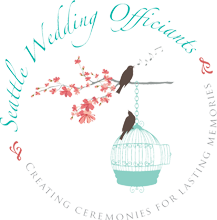Introducing Ticings: Edible Toppers for your Wedding Cake, Cupcakes or Cookies
Recently, I have had the pleasure of getting to know Mia Natsume of Sweettoof Studios. At Sweettoof, Mia creates Ticings, which are edible toppers for your wedding cake, cupcakes or cookies. Not only limited to weddings, Mia can recreate your company logo to place on a take-away corporate event cookie or a cute edible decal for your baby shower cupcakes. The sky is truly the limit with how Mia can transform your ordinary desserts into something your guests will truly remember.
I invite you to read about Ticings below!
 Ticings® edible toppers from Sweettoof Studios Inc.
Ticings® edible toppers from Sweettoof Studios Inc.
Want to add a personal, yet affordable touch to your wedding cupcakes or cake? Consider Ticings® edible cake and cupcake toppers.
Developed in 2009 by a single mom with a love for elegant and delicious foods using simple ingredients, founder Mia Natsume designed Ticings to professionally embellish soft-frosted baked goods with 1-2-3 application—just frost, peel and press!
Ticings are made of a gluten-free sugar and cornstarch base printed with food-grade inks. Printed in the USA using special equipment that ensures fine detail and brilliant color, Ticings are made of thin sheets of mildly sweet icing. Applied to buttercream, cream cheese or other frostings, Ticings merge with the top layer of frosting to create a seamless, artful and completely edible surface design. Their proprietary print method accommodates even the most complex designs and can even replicate 3/d textures created in Photoshop or other similar graphic programs. Thus, we can reproduce your wedding dress lace, invitation graphic, a watercolor painting, photograph or other image* — designs are limited only by your imagination!
Choose from either full sheets that can be placed on any frosted surface of a cake or other frosted surface, or individual rounds measuring one, two, two and one half or three inches for application onto mini, standard or jumbo cupcakes, cookies, chocolate covered Oreos™, brownies, French macaroons, frozen treats and more. Ticings are so simple to apply! With a shelf life of 12+ months, they can be ordered well in advance of your event, and provided to your baker or pastry chef or applied yourself. They can be placed on the desserts ahead of time, and can even be frozen after application.

Ticings for your bridal shower!
Ticings offers a variety of pre-printed images for wedding, shower, birthday, holiday and all-occasion at http://www.ticings.com, as well as unique sprinkle and sugar decorations for both cake decorating and mixology. By popular demand, monogrammed sugar cookie favors are now available for shipping nationwide.

A bouquet of dahlia Ticings for your wedding cupcakes
Committed to developing inspired confectionery products made with genuine ingredients, great taste and contemporary appeal, Ticings can be contacted at hello@ticings.com.
* PRODUCTION NOTES: Due to the nature of the food coloring inks we cannot exactly match your colors but will take care in producing as close a match as we can (you may send a print sample if color is critical but additional matching time is charged at $35/hr). Low resolution files such as gifs will not reproduce well—the sharper the image, the better your ticings! Vector artwork always preferred. Please avoid large solid black areas and lines under .15pt. We do not accept licensed images for which you do not own the copyright and maintain the right to refuse any graphics. Contact us for our digital customization guide that includes directions, color palette and ideas for application.


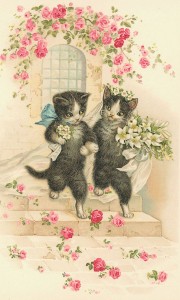
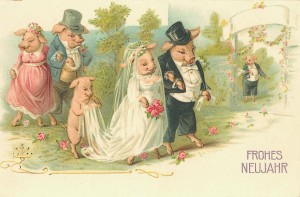


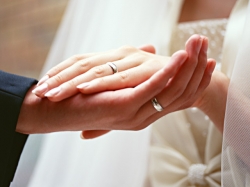 We have all heard the expressions “tied the knot” or “giving one’s hand in marriage”. But have you ever wondered where those sayings came from? And no, it’s not in the same category as the “ball and chain”! It’s in reference to the ancient tradition of handfasting. This lens gives an overview of the ancient tradition of handfasting in Wedding ceremonies.
We have all heard the expressions “tied the knot” or “giving one’s hand in marriage”. But have you ever wondered where those sayings came from? And no, it’s not in the same category as the “ball and chain”! It’s in reference to the ancient tradition of handfasting. This lens gives an overview of the ancient tradition of handfasting in Wedding ceremonies.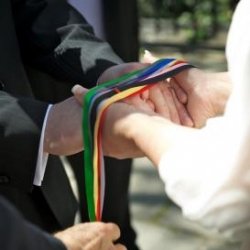
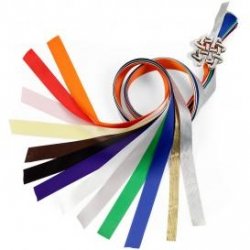
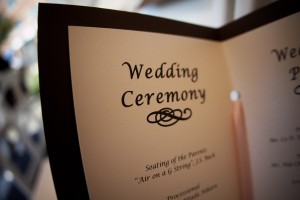 I blog about everything wedding: venues, style, vendors, traditions and more! What I haven’t blogged about, however, is the actual wedding ceremony.
I blog about everything wedding: venues, style, vendors, traditions and more! What I haven’t blogged about, however, is the actual wedding ceremony.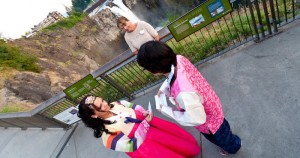
 For many years now I have been searching for a good volunteering gig that satisfied my desire to give back to the community but was also a good fit for me. I finally found it! Yesterday, Christmas Eve, I had the pleasure of volunteering my time in the
For many years now I have been searching for a good volunteering gig that satisfied my desire to give back to the community but was also a good fit for me. I finally found it! Yesterday, Christmas Eve, I had the pleasure of volunteering my time in the 

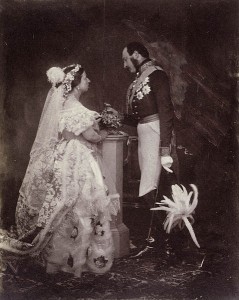
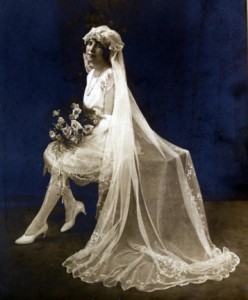
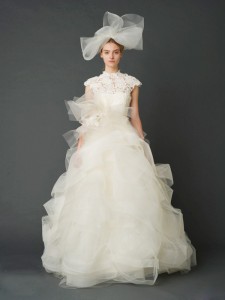
 I am so inspired by my beloved city of Seattle! I was born here, have lived here almost my entire life and can’t think of another place I would rather be. Let’s face it, we would all like to be laying on a beach in sunny Hawaii during the cold winter months. But Seattle’s climate is so manageable, and there is so much to do here: Why not make Seattle your destination wedding location?
I am so inspired by my beloved city of Seattle! I was born here, have lived here almost my entire life and can’t think of another place I would rather be. Let’s face it, we would all like to be laying on a beach in sunny Hawaii during the cold winter months. But Seattle’s climate is so manageable, and there is so much to do here: Why not make Seattle your destination wedding location?
